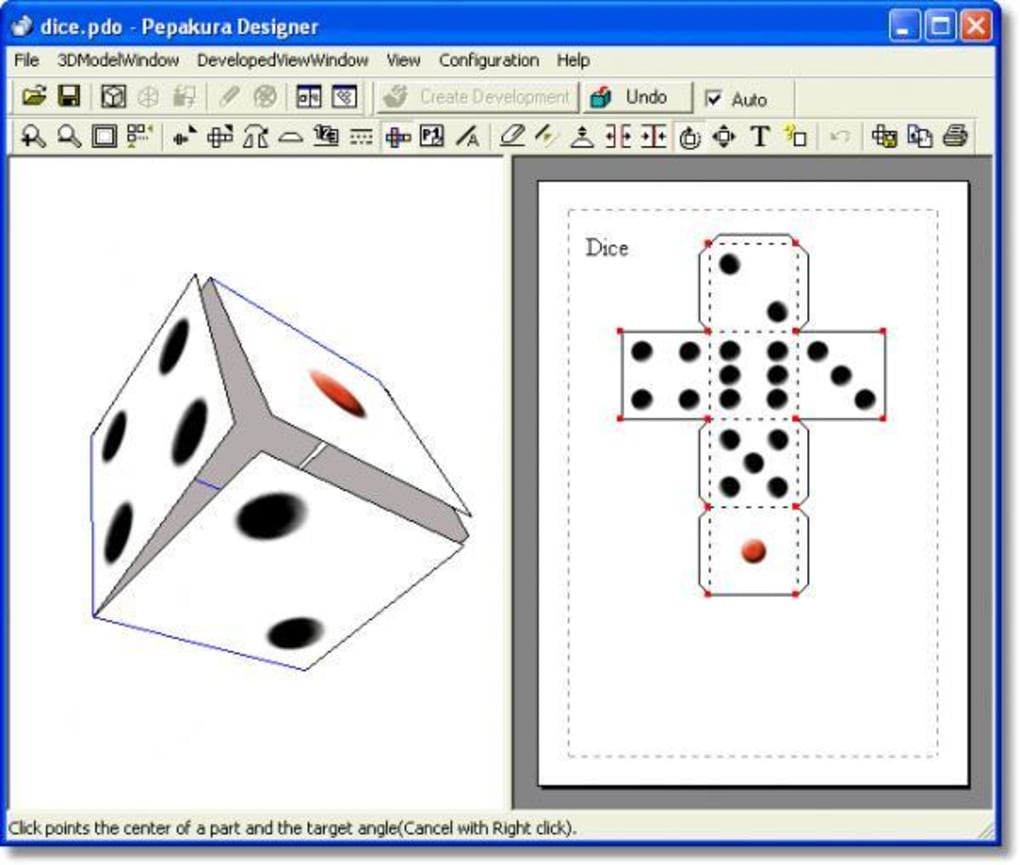

- #RESIZE FILES IN PEPAKURA VIEWER FOR FREE#
- #RESIZE FILES IN PEPAKURA VIEWER HOW TO#
- #RESIZE FILES IN PEPAKURA VIEWER FULL#
- #RESIZE FILES IN PEPAKURA VIEWER FREE#
For this, you're probably going to need someone to help you out and hold the tape or ruler while you stand as straight as you can. If you don't know your own height to the inch, then you're going to need to take your measurement. Once you've gotten both measurements, all that's left is to take your own height down and convert it to cm. Then, measure their headpiece, chestpiece, legpiece, or whatever else you want to size (in cm as well). Take a ruler (preferably a bendable one or a measuring tape) and measure the height of the model you've found the picture for in cm. It's not at all difficult, but it must be done as accurately as possible to get the best results in your overall ratio. I managed to find a nice, fullbody picture of both Guy-Manuel and Thomas, so I lucked out. Do NOT use paintings or drawings, as good as they may be, they are probably not as accurate when it comes to anatomy (not to diss anyone's art or anything). However, if I couldn't find a fullbody photo of them, it's alright for me to use another picture of someone wearing an outfit of theirs if I like the size of the helmet. In other words, I'm going to be doing a couple Daft Punk helmets, so my best bet would be to find a fullbody photo of Thomas and Guy-Manuel. The very first step in this tutorial is to find a full-body reference picture of the character who wears the certain piece, or anyone who you'd like the ratio to be similar to. There is nothing dangerous about this tutorialĪlways make sure you read through the entire process before beginning to avoid mistakes and get a general idea of how the project will progress. This is a very quick and easy process by which you can re-size pepakura models to fit your body.
#RESIZE FILES IN PEPAKURA VIEWER HOW TO#
In this tutorial, I'm going to show you how to properly scale a wearable pepakura model so that it will fit you perfectly!Įverything can be found online for this tutorial
#RESIZE FILES IN PEPAKURA VIEWER FREE#
PDO files are unlocked, feel free to resize or modify the templates to suit your needs as long as you credit us for the finished product.Now this tutorial is going to be something a bit different than the usual.
#RESIZE FILES IN PEPAKURA VIEWER FOR FREE#
These files can only be opened with the Pepakura Designer and Pepakura Viewer programs which you can download for free on their official website.
#RESIZE FILES IN PEPAKURA VIEWER FULL#
PDO files are basically interactive instructions to help you figure out where each parts of the model goes with a full 3D view, folding / unfolding animations and more. To improve the quality and the look of your Papercrafts, you can use colored markers to color the edge of the tabs and the edge of the paper itself before glueing the pieces together, effectively getting rid of all the visible white lines on your model.You can also protect your Papercrafts by coating them with a matte spray to preserve the paper and ink as well as waterproofing the model to a certain extent. What can I do to make my models look better? Using too much glue can lead to overflowing and longer drying times. You should only apply a small amount of glue on each tabs, then evenly spread it on the surface using a toothpick, leaving only a thin layer. Other craft glues such as Aleene's Tacky Glue also do an excellent job. Standard white glue such as Elmer's Liquid School Glue works perfectly for Papercraft. Some examples of scoring tools include a dry ball-point pen, the blunt edge of a knife or an embossing stylus. Scoring means running a blunt tool along the fold lines to create an imprint, which makes folding easier and leaves a cleaner crease.

Polygonal models with a lot of angular faces such as Nintendo 64 and Playstation models greatly benefit from being folded while more detailed models with a lot of round shapes should be left untouched. Usually, any fold that has a strongly pronounced angle should be folded. Overall, you should stick to a paper of a weight between 120gsm to 200gsm while avoiding common printer paper (80gsm) as it is too weak, can tear easily, get soggy with glue and will definitely not stand the test of time. Lighter paper leaves less apparent edges and is easier to fold, but might not last as long as heavy, thick paper which is sturdier but has visible edges and is harder to work with, especially for small parts. The bigger your Papercraft is, the thicker the paper you use should be. Here are some of the basic papercraft tools you will need:


 0 kommentar(er)
0 kommentar(er)
